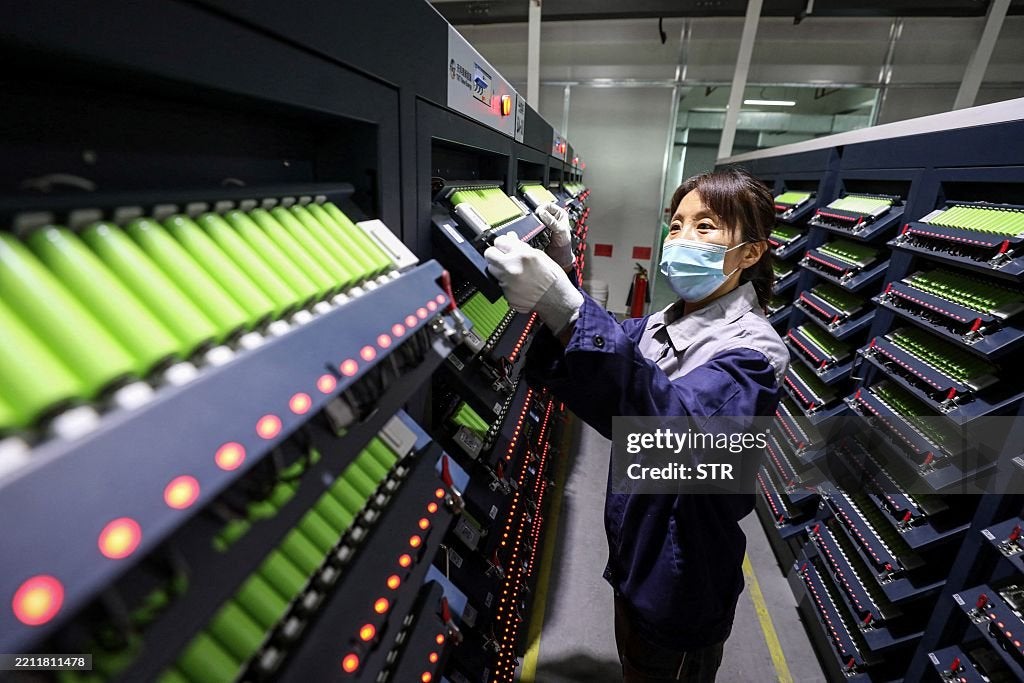Chinese scientists have developed a new battery system that could enable lithium cells to operate safely for thousands of hours, an advance that could lead to better batteries for electric vehicles and power grids.
Lithium metal batteries have become the cornerstone for future power systems due to their high energy storage capacity.
However, the current liquid electrolytes in these cells pose several risks, including leakage and combustion, and the growth of lithium metal inside batteries into needle-like or branch-like structures during charging, which compromises battery safety and performance.
Emerging studies suggest new types of electrolytes called deep eutectic gel electrolytes (DEGEs) can help overcome these issues due to their high charge conduction capacity and inherent thermal stability.
In the latest study, published in the Journal of the American Chemical Society, researchers built on these principles to develop an electrolyte based on the chemical fluorinated amides.

Scientists found that electrolytes made with the chemical 2,2,2-trifluoro-N-methylacetamide enabled a compact battery system that also shows promise in suppressing the formation of the needle-like lithium branches.
“We developed a series of DEGEs utilising fluorinated amides, which leverage the electron-withdrawing effects of fluorine,” researchers wrote.
Scientists found that cells using this electrolyte system cycled stably for over 9,000 hours, with some designs retaining their power capacity by over 80 per cent even after 2,500 charging cycles.
“The enhanced properties enable the corresponding lithium symmetric battery to achieve stable cycling for over 9000h,” they wrote.
Tests showed that even under elevated temperatures of about 80C, one version of the new electrolyte system maintained stability for 300 cycles.
Overall, the findings suggest fluorination and an electrolyte gel confinement system within lithium cells can help overcome the long-standing limitations of these batteries.
“Our study demonstrates how precise molecular design can simultaneously tackle multiple challenges in lithium metal battery development,” said Tianfei Liu, an author of the study from Nankai University in China.
“By introducing fluorinated groups into DEGEs, we achieved not only enhanced interfacial stability but also markedly improved cycling durability and thermal safety,” Dr Liu said.
The results also present a promising way to scale up lithium batteries for real-world applications such as electric vehicles and grid-scale storage.
“This strategy bridges fundamental chemistry with real-world performance requirements, offering a blueprint for the next generation of high-performance electrolyte design,” said Kai Zhang, another author of the study.




